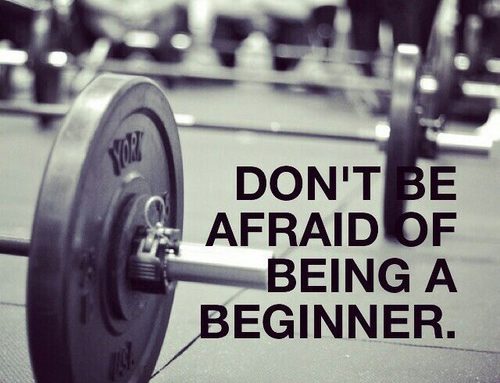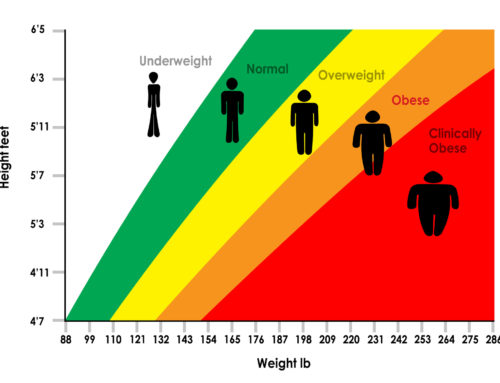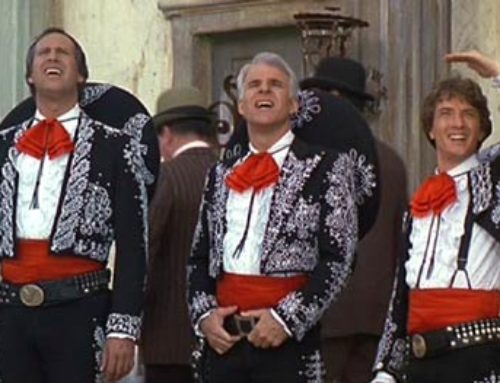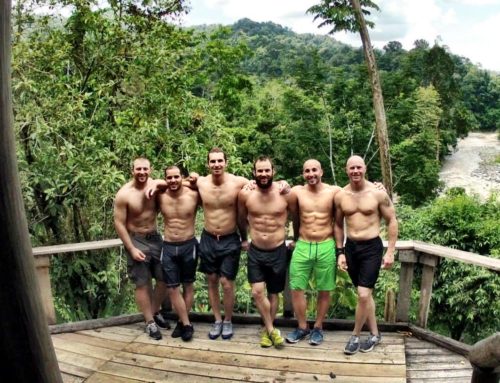Want to make your program bullet proof, then build it out of kevlar! In other words, build a solid goal setting model and plan of action that can withstand the rigors of what you throw at it. After the assessment phase, now it’s time to take that data and build a set of goals that mirror exactly what you want at that time. The reason why I say, “that time”, is because your goals and action plan will change over time as you change.
If you have never actually sat down and written out a simple goal list and then assigned action items and a plan to achieve those goals, you’re missing out. There are a hundred cliché pertaining to missing the mark, no target etc…All of them are to some extent true. So, the next step is to take your assessment data, consult with experts in each area and write goals to work toward.
Goal writing is an art. Why? How many people do you know who write too lofty goals or goals that are too lowly. We’ve all heard of SMART goals. Here is it again, more specific to goals relating to health and fitness.
S – Specific (or Significant) (% body fat loss, lean mass gain, strength/mobility measures, skill attainment for gymnastics, etc)
M – Measurable (or Meaningful) (Be realistic about “how much: gain be gained over time, strength, power, skill and measure)
A – Attainable (or Action-Oriented) (Goals that do not have action attached to them are “wishes”)
R – Relevant (or Rewarding) (Make sure these goals relate to you and not someone else or your coach)
T – Time-bound (or Trackable) (Once in place, track goals over time, cross them off, re-assess and move on)
When you look at the body of a 40+ athlete, there are several things to consider. I believe that goals relating to physical capacity or performance should be ranked in order of importance. This ranking can be based on many variables, but in my perspective, we should rank those physical qualities or capacities that we know decline the greatest over time from top to bottom. For most individuals during the aging process, based on research of human physiology and pathology, we can expect to see decline in the 10 general physical skills in the following order from greatest to least decline.
- Strength
- Flexibility/Mobility
- Power
- Speed
- Endurance-cardiovascular/respiratory
- Stamina
- Balance
- Coordination
- Agility
- Accuracy
An individual may have great strength above the average and not require as much work in that area. But strength needs to be maintained and still ranks high priority on the list of physical skills. The top 4 also have the greatest impact on the remaining physical skills and the development of lean mass and reduction in body fat over time. Program goals should focus on where you are the weakest, but in most cases working on those top 4 will have the greatest impact on your fitness and health.
The next step is to take your assessment sit down write some goals out and then develop and action plan to meet those goals!
Good luck!




Leave A Comment